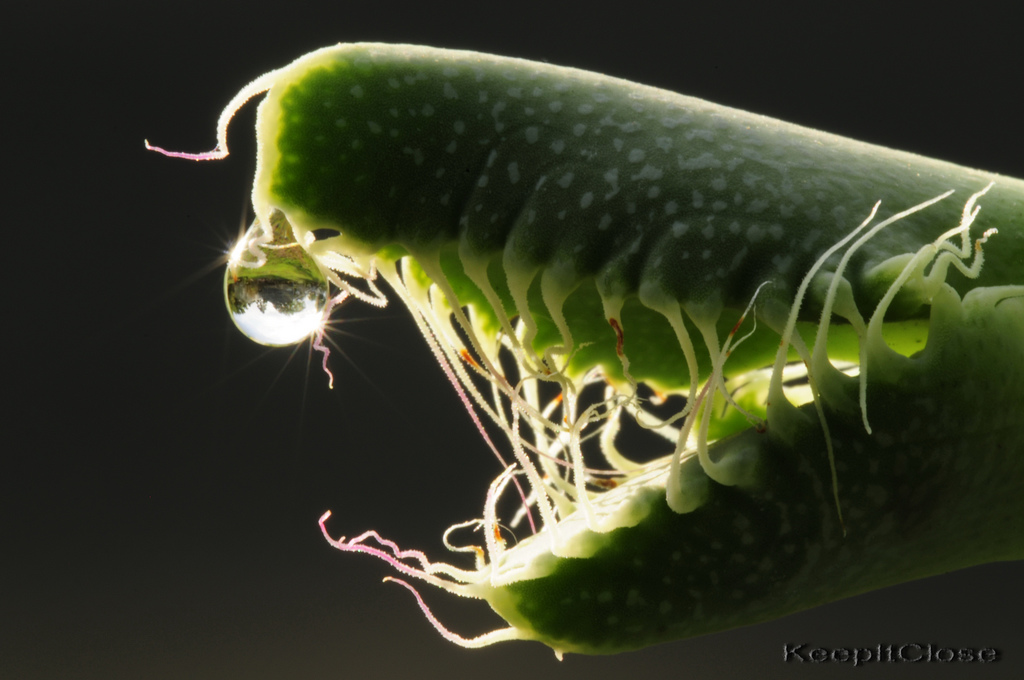Nivenia corymbosa
Did you know there are shrubs in the iris family? I didn't either until quite recently. I had the distinct honor of getting to tour the collections of Martin Grantham, a resident of the Bay Area and quite possibly the most talented horticulturist I have ever met. Martin has had quite a bit of luck with these plants and because of this, I was able to meet a handful of them growing quite happily in large containers. There are some things in life that your brain just simply isn't prepared to take in. The shrubby iriads are one of them.
The true shrubby species all hail from a subfamily of Iridaceae coined Nivenioideae. This is not a single grouping of all shrubby genera. It contains other genera that look a lot more like what we would consider an iris. Nivenioideae as a whole is considered to be pretty derived for the iris family, with the shrubby species serving as an excellent example of how bizarrely unique the subfamily really is. In total, there are three genera of shrubby iriads - Klattia, Nivenia, and Witsenia, all of which are native to South Africa. Klattia and Nivenia contain a small handful of species whereas Witsenia has only a single representative.
Once you get past the initial shock and awe of what you have just laid eyes on, their membership in the iris family becomes a bit more apparent. Though there is great variation in size, the species I encountered all looked roughly like long, slender sticks with multiple iris-like fans of leaves jutting out. Like most members of the family, the flowers of this group are spectacular. In the wild they are visited by long tongue bees and flies.
Overall this group is poorly understood. Some molecular phylogenetic work has been performed but it is by no means concrete. More attention may result in either the addition or subtraction of species. The most thorough treatment on the shrubby iriads comes from a monograph written by Dr. Peter Goldblatt as well as a handful of horticultural articles written by those lucky enough to have had some success in growing these plants (see Martin's essay on his experiences - http://bit.ly/2pStMZ4).
Like most of South Africa's unique flora, these plants are at threatened by habitat destruction, invasive species, and climate change. Luckily many of these species have caught the attention of folks like Martin who have put in the time and dedication into understanding their germination and growth requirements.
Seeing these plants in person was breathtaking. Not only was I completely flabbergasted at their appearance, the fact that plants like this exist is a testament to the wild diversity of life this planet supports. I never tire of meeting new plant species and this is one encounter I won't soon forget. Just when you think you are starting to understand plant diversity, plants like these show up to remind you that you have just barely scratched the surface.



